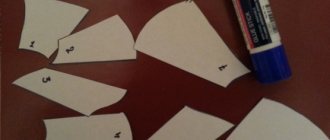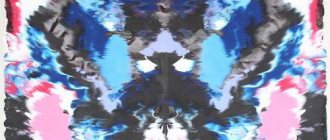Sea sunset in oil painting
Just yesterday you were enjoying the sea view, and today there is a snowy blizzard outside the window. It comes to your mind to depict an unforgettable sunset on the sea, and do it in oil to surprise your guests. It is worth noting that this is quite difficult for beginners. Experts strongly recommend attending special courses where you will be taught step-by-step lessons in oil painting. This is the best option for those who want to seriously engage in creating works of art on their own.
Sunny light watercolor
You have repeatedly stopped near paintings of seascapes done in watercolors. The depicted ocean breeze filled you with inspiration and a passionate desire to try your hand at painting yourself. We offer a lesson containing specific steps to achieve the goal.
What is needed to create a beautiful landscape in watercolor:
- paper with a semi-smooth texture (use a small sheet to start);
- round brushes - No. 12 is the largest brush, No. 8 is medium-sized and No. 4 is the smallest brush;
- watercolor paints of recommended shades (they will be indicated during the proposed master class), they can be replaced with paints of your choice.
Let's start drawing
- The first step is to create a sketch. We draw the contours with a simple pencil and should be barely noticeable on paper.
- The second step is drawing the sky. We thoroughly wet the paper above the horizon line and give it time to soak it. Take a large brush and apply a few very light strokes using yellow paint. This is how we designate the clouds in the sky. The color of cobalt blue will be used to highlight the upper silhouettes of the clouds. We rinse the brush well and use it (let it be a little damp) to blur the outlines, in this way achieving fusion in the color scheme. Then we will continue to paint the sky with blue paint, at the same time marking the bottom of the clouds. Without letting the paper dry completely, draw shadows on the clouds. For this we will use blue and red colors.
- The third stage will be the most crucial moment - drawing the sea elements. We use brush No. 12. We apply phthalocyanine blue paint mixed with water on it in quite a large amount. We make the initial strokes using a technique, the essence of which is that the resulting mixture is applied to dry paper with sliding movements of the hand. We work with the whole brush and part of it alternately. Some areas on watercolor (grainy) paper will remain clean. This way we create the appearance of a sparkling expanse of water. On the water (the paper should remain damp) we create a little depth. We make several small strokes with blue and green paints.
- The fourth step will bring you much closer to completing the work. Mix blue and yellow colors and a small drop of red, and draw the silhouettes of the hills located on the edge of the horizon. Here you need to try hard to give the colors a muted hue and the contours blurry. In this way we emphasize the appearance of the remoteness of the hills. We will definitely wait until the area of the sea surface has completely dried and begin to draw water ripples and waves. We make the strokes larger and much richer than the individual details drawn.
- Step five is the final stage. We use brushes of medium size and the smallest in shape. We use them to draw the pencil-drawn outlines of the boat and people. We work with two shades of red paints, mixing them into one. The nuance in this drawing is that you should not thoroughly draw human figures. They will look more natural in a slightly messy image.
The work is completed. However, you can add your own additions, for example, enliven the picture with soaring seagulls.
The provided lesson will help you create a simple marine plot and, perhaps, give inspiration for painting with watercolors.









